Wired vs wireless headphones: the pros, cons, and which are best for you?
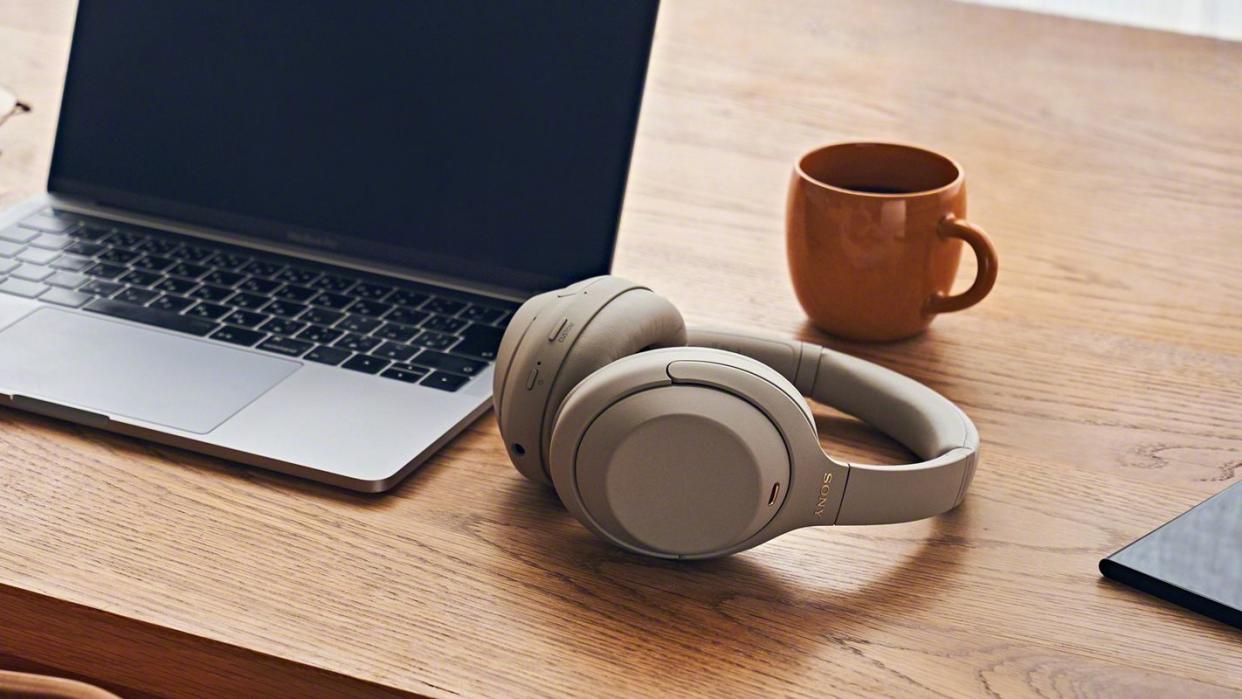
In the wired vs wireless headphones battle that has raged for years, there are still two divided camps. In one are those who crave the convenience of wire-free living and perhaps too the benefit of active noise cancellation, and in the other are those who tend to prioritise, above all else, the utmost sound quality the wire delivers.
Neither is the 'right' camp, and which you want to belong to depends on your priorities and, to some extent, budget. Below we have laid out what defines 'wired' and 'wireless' headphones, the pros and cons of both types of headphones, and what should be considered in your buying decision in today's increasingly wireless world.
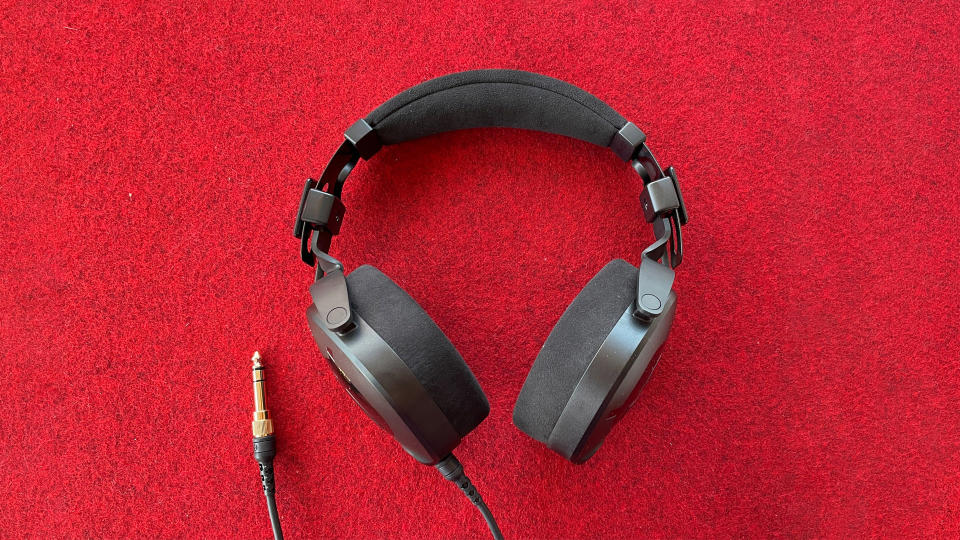
What are wired headphones?
A diaphragm cone, coil of wire, magnet, structural housing, earpads and a jack-ended cable – that is what makes up the simplest type of headphones: wired headphones.
Unless they offer active noise cancellation (more on that later), they are strictly analogue designs that require no power or digital processing. The electrical current the connected device sends them through their cable is all they need to work. Essentially, they are passive loudspeakers for your head.
They physically tether to a source device using the headphones-attached cable, which is typically terminated with a 3.5mm TRS plug connection.
Audiophiles will insist that wired headphones deliver the best sound quality, and in both absolute and performance-per-pound (or dollar) terms, they're right.
What are wireless headphones?
Wireless headphones are quite literally that – headphones that don't need to connect to a source device via a wire (cable). Instead, they receive audio signals through radio or – very uncommon nowadays – infrared frequencies. Most wireless headphones and audio devices exchange music signals over Bluetooth technology, which operates over a short-wave radio band (typically 2.4GHz).
Essentially, the source device sends digital audio using its Bluetooth transmitter, the wireless headphones accept it through their Bluetooth receiver, and then a digital-to-analogue (DAC) chip converts the digital audio into an analogue waveform that the drivers can understand. Wireless headphones use an amplifier to drive the drivers and power themselves via a rechargeable built-in battery.
This wireless transmission and DAC conversion have detrimental effects on sound performance, with the quality (and implementation) of the DAC chip and the type of Bluetooth codec/compression used determining how much.
You should note that while all wireless headphones and 'true wireless' earbuds are totally cable-free, some wireless 'neckband' earbuds have a wire connecting each earpiece. In most cases, though, the only time you'll need a cable is to charge their battery.
It's also worth knowing that most wireless headphones have a headphone audio port and come with a cable so that can be used passively as wired headphones in the event that their battery dies at an unfortunate time. Some, however, cannot even be used wired when they're out of battery as their headphones’ drivers require power to work.
Wired headphones pros & cons
5 pros: sound quality is king
Better sound quality
When it comes to sound performance, the quality tends to be better on wired headphones. You can get a great pair of wireless headphones that sound better than a poor pair of wired headphones, but generally in head-to-heads between decent, price-comparable wired and wireless models, the former comes out on top.
While wireless performance is better than ever due to increasingly efficient Bluetooth codecs, DACs and amplifiers, it's still unable to offer the purity of wired performance. Primarily, analogue transmission through a cable can carry a song's full audio data, whereas audio transmitted wirelessly is compressed and crucial information is lost.
More sustainable
Wired headphones are also more sustainable. Yep, despite having an extra cable in there, they don't require batteries to work. Lithium mining is a real concern right now, so if you want to avoid contributing to that, wired headphones are the way to go. Related, there's also no worry that a battery will die and void the headphone prematurely. And as there are fewer mechanical elements, wired headphones tend to be easier to repair – also meaning they could last longer.
Don't require power
In addition to a theoretically limitless lifetime, an advantage of avoiding batteries is that you never need to worry about wired headphones running out of charge; they will simply work with whatever device you are playing from. (You can get wired headphones that require a battery to power a digital active noise cancellation feature, but such models are increasingly rare.)
Latency-free
There's pretty much zero latency with wired headphones, so you don't get any detectable delay between the audio source and what you're hearing. That makes them ideal for watching movies or gaming with. Bluetooth transmission, however, does introduce some latency, though admittedly these are nowadays mostly negligible to the ears and eyes.
Upgradeable
As none of the conversion or amplification is the responsibility of wired headphones, a wired setup can be upgraded with a standalone DAC. Got Bluetooth headphones? The only real significant upgrade you can make is with the headphones themselves.
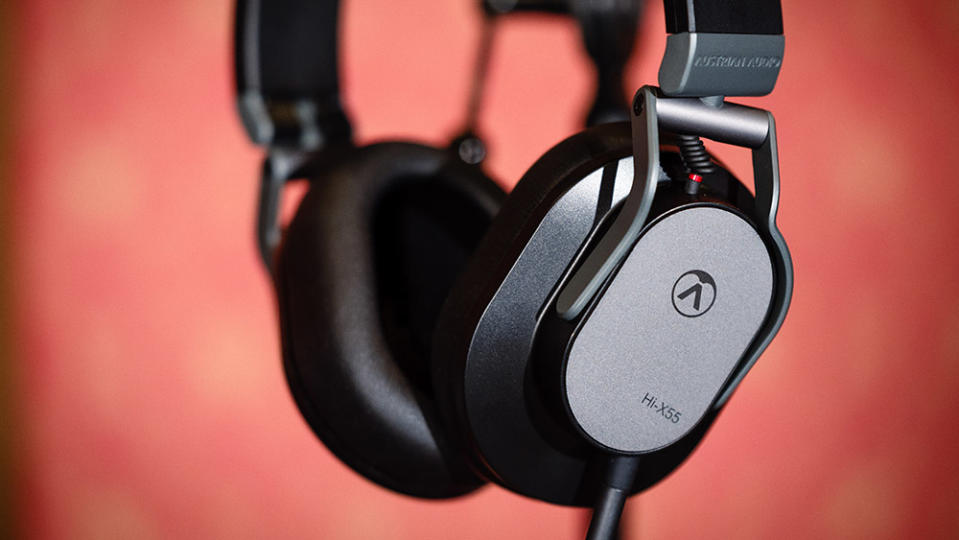
4 cons: lack modern-day convenience
Limited portability
One major downside to wired headphones is, of course, those wires. They look messy, they can restrict movement when you're out and about, they can break, and they even add weight to your headphones. Plus, with fewer headphone 3.5mm ports on modern-day audio devices, you're limited as to which portable devices you can use them with, without an adapter...
Need an adapter
As most smartphone brands have omitted the headphone jack, you'll likely need an adapter, such as a 3.5mm-to-USB-C one – to ensure compatibility. This means another thing to carry around and another expense to consider.
Noise cancelling is rare
As we've touched on above, it's rare to find wired headphones with active noise cancelling these days. ANC technology has almost exclusively become a feature of wireless headphones, so unless you find one of the remaining models your sound-blocking is down to how well the earpads – and chosen volume levels – can physically do it.
Limited waterproofing
Another feature more or less limited to wireless headphones is water resistance. Not many pairs of wired headphones are designed to be, or certified as, waterproof, though at least they don't have digital internals that could render them unusable if exposed to moisture.
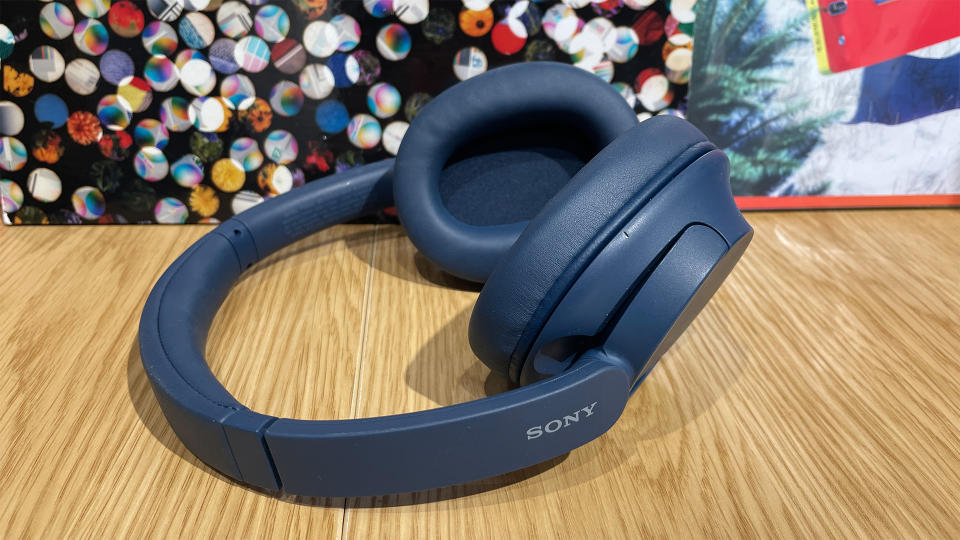
Wireless headphones pros & cons
4 pros: ultimate freedom of movement
Maximum portability
Having no wires makes for the ultimate freedom of movement. That makes wireless headphones ideal when exercising, as well as if simply used for music playback and/or voice calls when you're on the move. You have a better look, no cable swinging from your headphones, and you can store them away more efficiently.
Improving sound quality
Mostly thanks to more efficient Bluetooth transmission via ever-improving codecs, wireless headphone performance is better than ever right now. Wired performance still trumps them, but realistically you can get a level of sound quality most people would be more than happy with in a premium pair of wireless cans.
Increasingly present noise-cancelling
Active noise cancellation is increasingly present in wireless headphones and earbuds across pretty much all budgets, now no longer a feature exclusive to premium-priced pairs. Considering the technology's disappearance from wired models, this puts a feather in the cap of wireless headphones, completing their CVs as the better travel companion.
Universal compatibility
Most modern audio and video devices now have Bluetooth (whereas very few pack in 3.5mm ports). As such, wireless headphones are natively compatible with a greater range of audio devices, from smartphones and speakers to TVs and laptops.
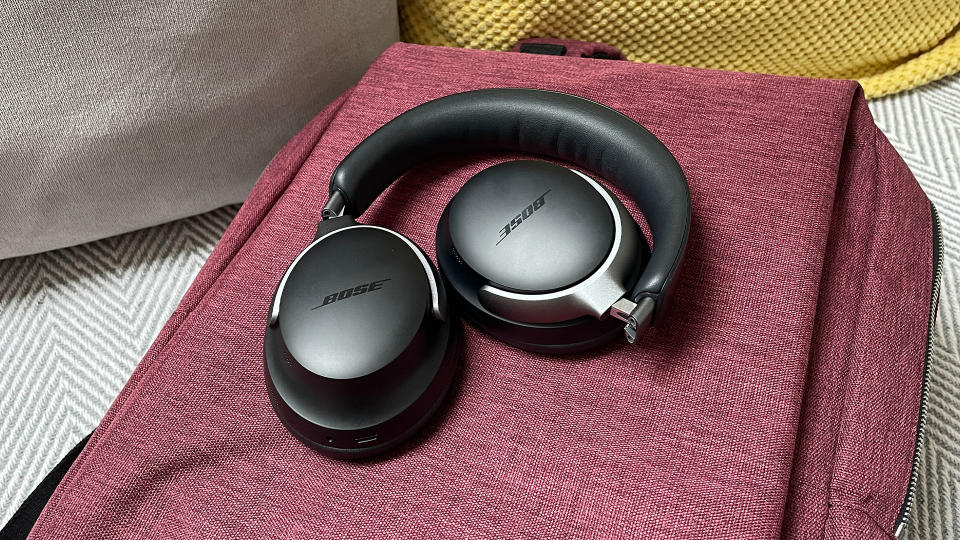
3 cons: ultimately limited performance
Comparatively worse sound quality
Again, since all forms of Bluetooth require the audio signal to be compressed, it inherently means losses in audio information and therefore quality. The battery, amplifier, DAC and noise-cancelling processing – basically, everything inside that is digital – can also harm sound quality by interfering with the signal. As there is literally more to wireless headphones, the increased cost element is fed down to the consumer, which is another reason for the discrepancy between price-comparable wired and wireless headphones performance.
Latency
Since wireless technology requires the packaging up, transmission and unpacking of data, it can introduce lag in the process. This latency can mean the time between seeing someone talking on your device's screen and hearing them in your headphones is out slightly. That said, Bluetooth technology is closing the gap on this, making it increasingly less of a problem.
Wireless transmission can also mean cutouts, especially in denser environment where lots of radio signals are flying about.
Battery-dependent
As wireless headphones power their digital internals using built-in rechargeable batteries, it does mean you have the inconvenience of keeping them charged, and the greater inconvenience if you forget to and run out of juice mid-commute. That said, many have excellent battery life performance, even with ANC in use, and most can still be used wired (via an often-supplied cable) when they run out of power.
MORE:
Our expert pick of the best headphones 2024 – every type tried and tested
Or see our favourites of each type: best wireless headphones or best wired headphones

